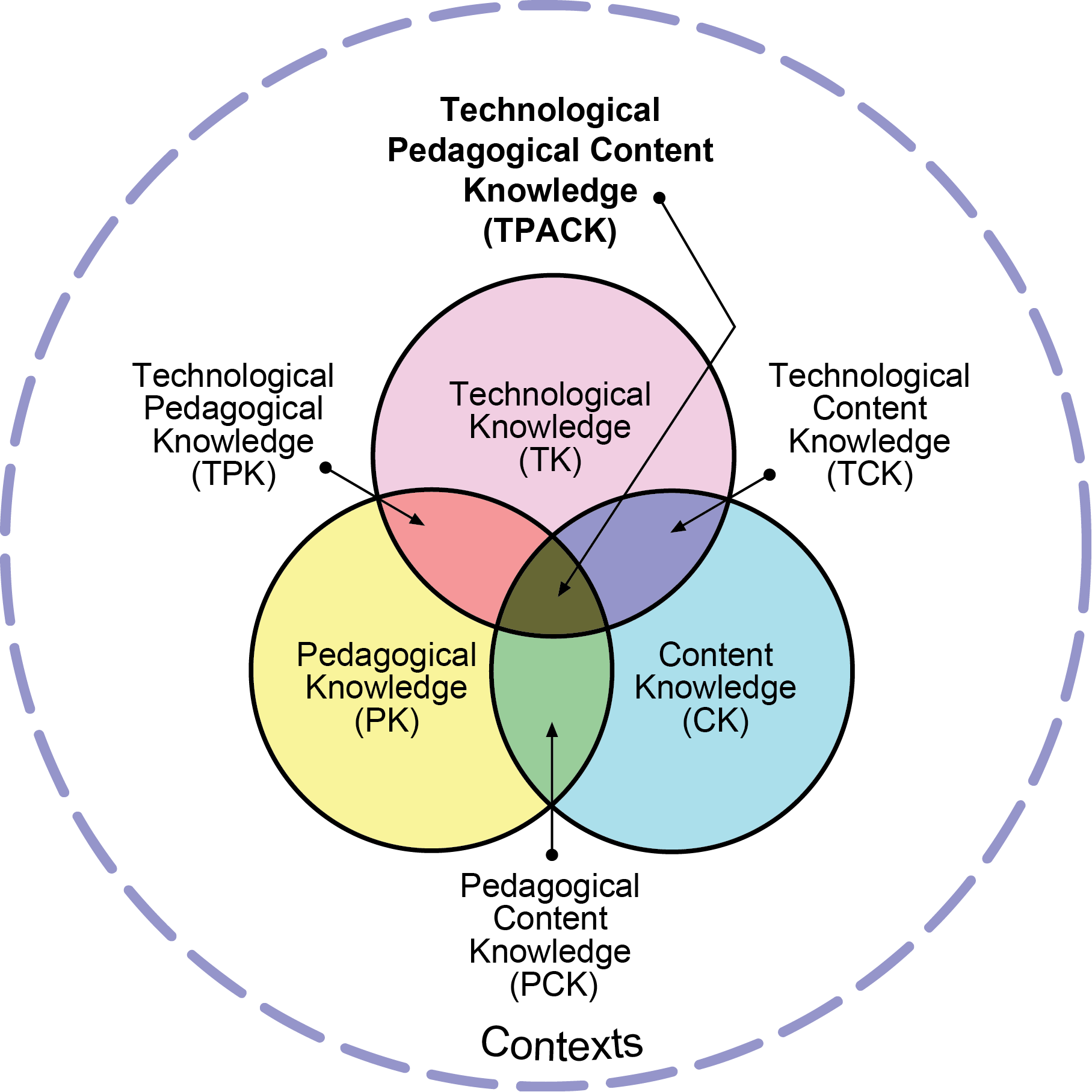Histology Blackboards
When I started out teaching, all that was available to me was chalk and a blackboard (actually, three blackboards). I quickly learned 3 things about teaching:
- Students want to learn
- Presenting content in an appealing way makes a difference
- Coloured sidewalk chalk is the way to go when you’re working with a large “canvas”
Composite images of lab notes I produced for my students in my Vertebrate Histology courses. The coloured drawings approximate what the students would be seeing on their slides in the lab. Clicking on the image will take you to a larger, higher resolution, version of that image (Warning: large file sizes)
Histology is the study of the microscopic anatomy of cells and tissues. It is a very visual course where students learn to recognize various cells and microscopic structures on their microscope slides, they are also required to learn a lot of new (to them) terminology.
For this reason, it is a course that is almost universally hated by students; which is how I became a TA for it in my first year as a grad student – noone else wanted to do it.
Initially, I started my teaching with no notes on the board – just a brief prelab talk. But, I quickly realized that putting up some notes on the board (as a quick reference) would help reduce the volume of questions I had to field during my lab. At some point, I started to use colour, and to do more detailed drawings.
It wasn’t long before I noticed students from other lab sections coming to my class to take notes (and pictures). The visual way I presented the material appealed to them and seemed to help them learn. In fact, many of my students actually claimed to like Histology after completing the course, and some came back as TAs.
Looking back on it, I think the visual way I presented the information made a real difference to these students. This conclusion is backed up by Psychology research on visual presentation of knowledge. It has shown that including visuals, like the blackboard notes seen above or the drawings I did on the overhead projector during my lectures, enhances learning (Kouyoumdjian, 2012). Similarly, Mayer (2014) argues for the presentation of relevant text and images together – something clearly seen in the above images. This is something I will continue to do with any graphical work I produce as part of my teaching.











